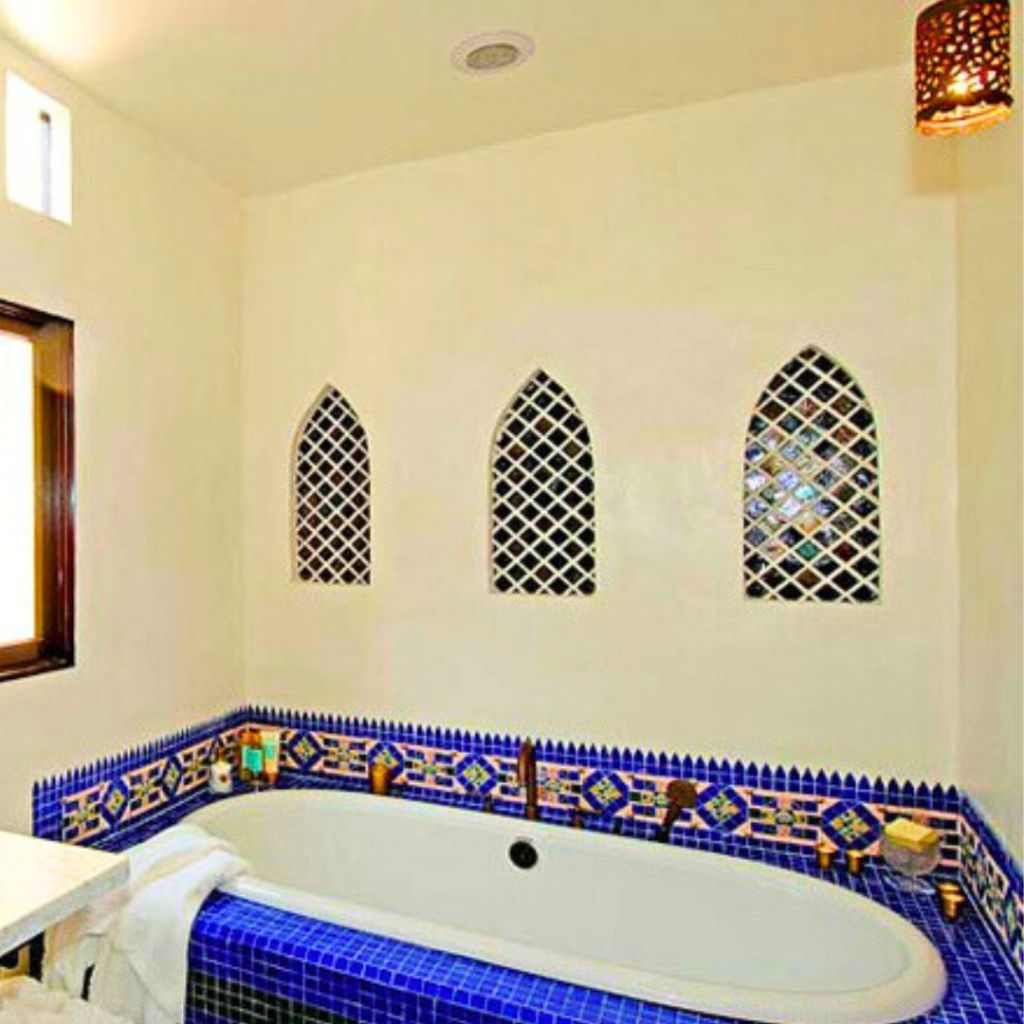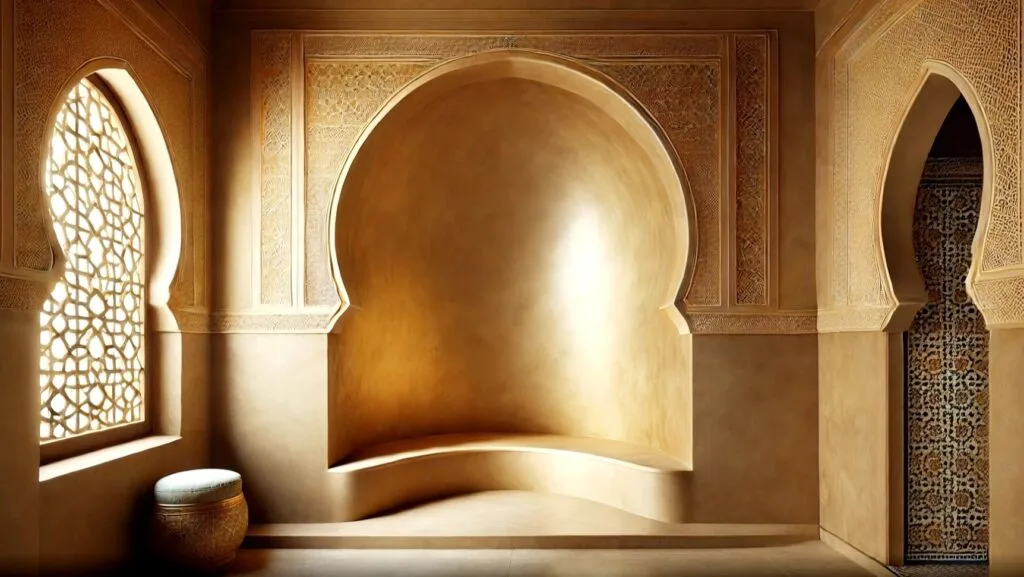- Published on
Unveiling the Timeless Beauty of Tadelakt Morocco s Ancient Lime Plaster Technique
- Authors

- Name
- Adil ABBADI
Introduction
In the labyrinthine alleys of Morocco's ancient medinas, hidden behind intricately carved wooden doors, lies a treasure trove of architectural wonders. Among the most striking features of these ancient structures is the use of Tadelakt, a traditional lime plaster technique that has been perfected over centuries. This ancient art form has been passed down through generations of skilled artisans, leaving an indelible mark on Morocco's rich cultural heritage.

- Historical Context
- Traditional Significance
- Modern Relevance
- Cultural Preservation
- Conclusion
- Cultural Call-to-Action
Historical Context
The origins of Tadelakt date back to the 12th century, during the Almoravid dynasty, when Moroccan craftsmen began experimenting with lime-based mixtures to create durable, water-resistant surfaces. This innovative technique quickly gained popularity, becoming an integral part of Moroccan architecture, particularly in the construction of mosques, palaces, and riads. As the art form evolved, Tadelakt became synonymous with Moroccan identity, reflecting the country's rich cultural heritage and its unique blend of African, Arab, and Mediterranean influences.
Traditional Significance
Tadelakt is more than just a decorative technique – it's an art form that requires patience, skill, and dedication. The process involves applying multiple layers of lime-based mixture to a surface, which is then polished to create a smooth, glossy finish. This labor-intensive process can take weeks, even months, to complete, making each Tadelakt piece a true masterpiece. The traditional significance of Tadelakt lies in its ability to adorn walls with intricate patterns, Arabic calligraphy, and geometric motifs, creating a sense of opulence and grandeur.

Modern Relevance
In modern times, Tadelakt has experienced a resurgence in popularity, with architects, designers, and homeowners seeking to incorporate this ancient technique into their projects. The unique, water-resistant properties of Tadelakt make it an ideal choice for contemporary bathrooms, kitchens, and swimming pools. Moreover, the eco-friendly nature of this natural material has appealed to environmentally conscious builders, who are looking for sustainable alternatives to modern building materials.
Cultural Preservation
Efforts to preserve and promote Tadelakt are underway, with organizations and individuals working tirelessly to safeguard this ancient technique. In Morocco, initiatives such as the Tadelakt Institute and the Moroccan Crafts Association are providing training and support to young artisans, ensuring the continuation of this cultural legacy. Additionally, international architects and designers are collaborating with Moroccan craftsmen to develop innovative, modern applications for Tadelakt, further cementing its place in the global cultural landscape.

Conclusion
Tadelakt is more than just a decorative technique – it's a testament to Morocco's rich cultural heritage, a symbol of the country's unique blend of tradition and innovation. As we continue to marvel at the timeless beauty of Tadelakt, we are reminded of the importance of preserving our cultural legacy, and the need to support the artisans and craftsmen who keep these traditions alive.
Cultural Call-to-Action
As we delve into the world of Tadelakt, we are encouraged to explore the rich cultural tapestry of Morocco, to discover the hidden gems of its ancient architecture, and to support the artisans who are keeping this ancient technique alive. Let us celebrate the beauty of Tadelakt, and the cultural significance it holds, ensuring that this ancient art form continues to thrive for generations to come.
